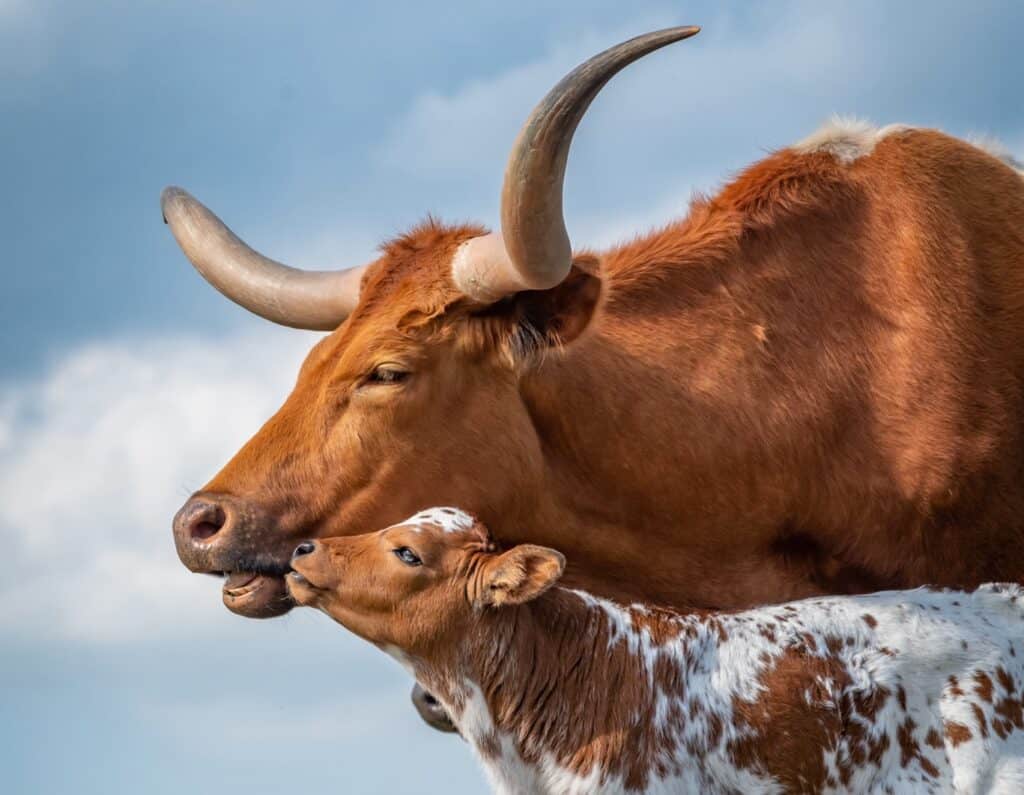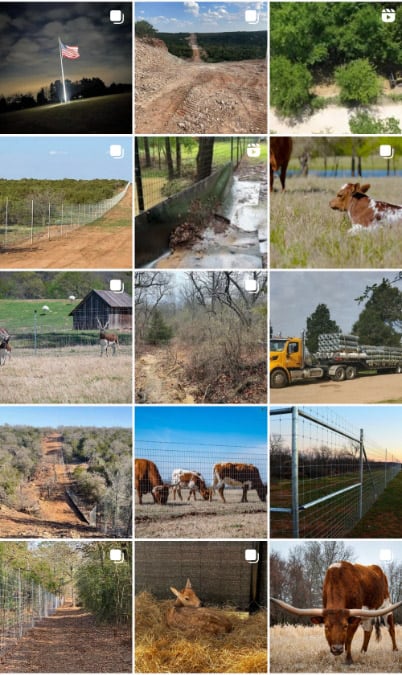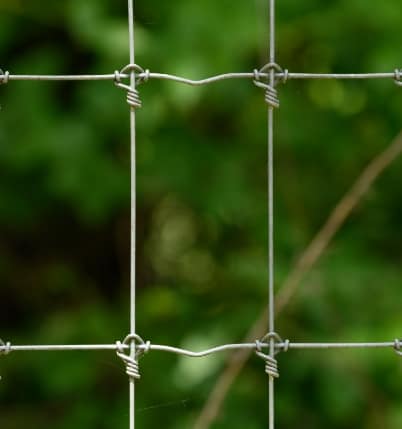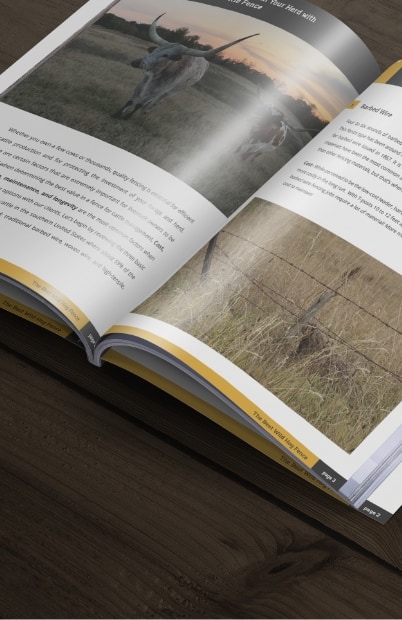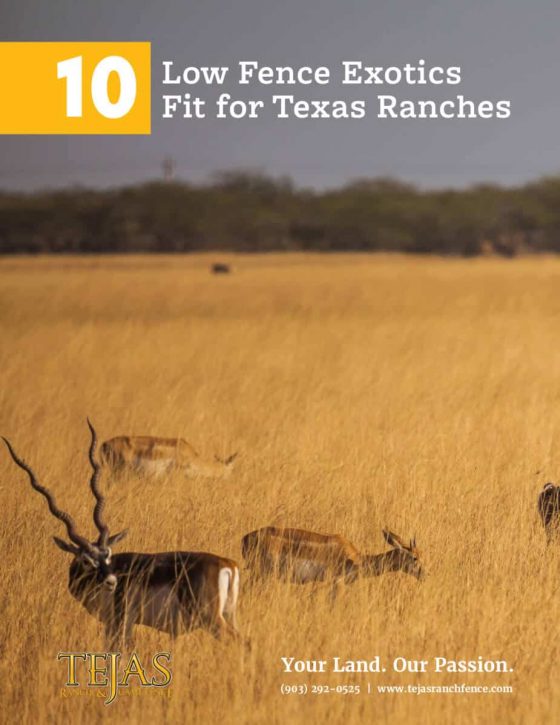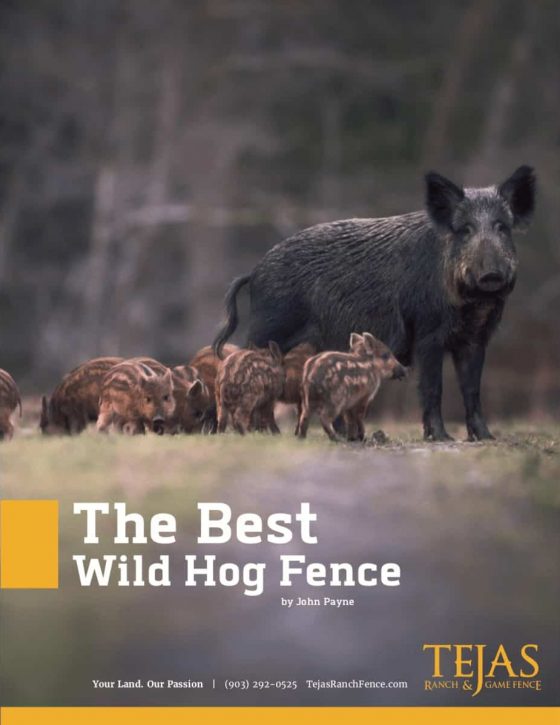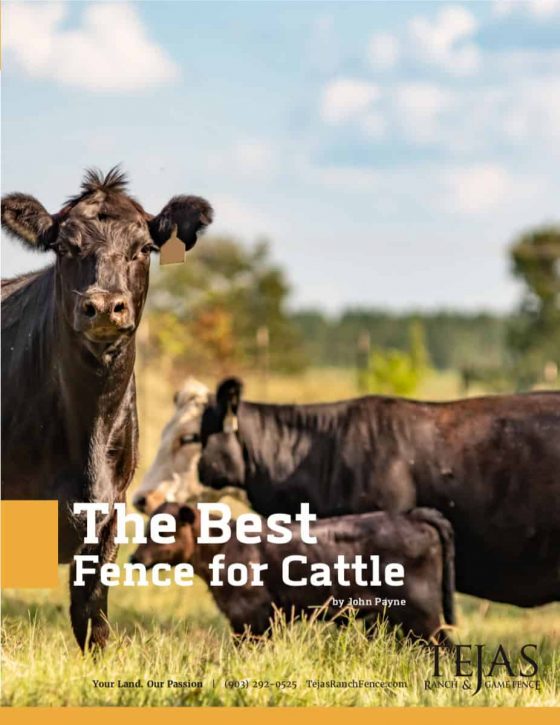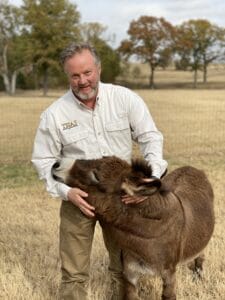 As a fifth-generation Texan, John Payne’s roots stretch back to the era of sheep and cattle drives and the emergence of ranch fences as western expansion flourished.
As a fifth-generation Texan, John Payne’s roots stretch back to the era of sheep and cattle drives and the emergence of ranch fences as western expansion flourished.
Growing up, he spent countless days at his grandparents’ ranch west of the Pecos River, where he developed a deep appreciation for ranch life. During those formative years, he often found himself fixing, maintaining, or building fences. Over time, he came to love it and mastered the art of ranch craftsmanship.
Reflecting on the time spent with his Granddad, a true cowboy and businessman, John realized the profound lessons his Granddad instilled in him. These lessons paved the way for a strong work ethic and a trade that would last a lifetime. His Granddad taught him how to be a man of integrity for his family, friends, and everyone he encountered. He emphasized love through actions, hard work, and fairness.
John’s journey into the fencing industry wasn’t without challenges. After graduating from SMU, he worked for both an established company and a startup but ultimately felt the pull to be his own boss and stay connected to the land. This led him to dive headfirst into ostrich ranching, an entrepreneurial venture tied to his ranching roots. Although his first ranching enterprise ended in financial hardship, he persevered and founded his first fencing company in the early 1990s. This business eventually evolved into Payne Fence Products, a fence manufacturing company that became an industry leader. Known for solving complex commercial, industrial, and highsecurity fencing projects, Payne Fence Products served clients such as Walmart, Lowe’s, the U.S. Army Corps of Engineers, and the Department of Homeland Security, including 124 miles of U.S. Border Fence and Gate Systems under the Bush administration.
In 2008, Payne Fence Products partnered with BetaFence, a 135-year-old fencing company based in Belgium with the largest market share in the world. BetaFence fully acquired Payne Fence Products in 2011.
John, a fencing industry entrepreneur with over 20 patents, created innovative solutions that improved construction processes and fencing performance. After the acquisition, John and his friend Kip Winters, a ranch fencing company owner, discussed starting a new venture combining their passions for fencing solutions and ranch life. This conversation gave birth to Tejas Ranch & Game Fence, where Kip joined as co-founder and Director of Construction, ensuring smooth project execution with his extensive experience and talent.
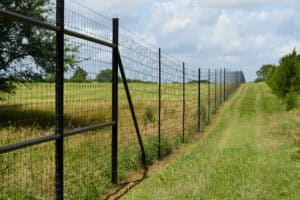 The name Tejas derives from the Caddo Indian expression meaning “we are friendly,” later adopted by Spanish explorers. As a company, Tejas Ranch & Game Fence takes pride in its friendly approach, not just in Texas but nationwide.
The name Tejas derives from the Caddo Indian expression meaning “we are friendly,” later adopted by Spanish explorers. As a company, Tejas Ranch & Game Fence takes pride in its friendly approach, not just in Texas but nationwide.
In its early years, Tejas Ranch & Game Fence quickly earned a reputation for quality and attention to detail, serving Texas, Oklahoma, Louisiana, and beyond. By focusing on continuous improvement—1% better every day—the company assembled a skilled team of innovators, designers, and craftsmen dedicated to excellence. Their flagship product is high-game fencing, essential for ranches managing trophy deer, elk, buffalo, and exotic wildlife. These fences improve offspring survival rates with predator-proofing systems and offer superior engineering and craftsmanship, ensuring low-maintenance, high-value results.
With the rise of utility-scale solar farms, Tejas adapted by offering high-tensile fixed-knot fences, an economical and neighbor-friendly security solution. Their commitment to safety, land clearing, road construction, and environmentally sound practices positions them a leader in this growing market.
The journey of Tejas Ranch & Game Fence is one of dedication, integrity, and an unmatched commitment to quality and craftsmanship. More than a fence, it’s a friendship, and seeing those both stand for many years has become our life’s work.
In his own words Tejas Ranch & Game Fence Co-Founder John Payne:
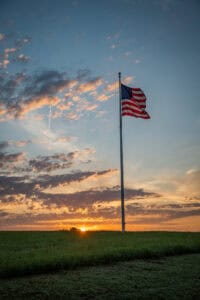
Tejas Ranch & Game Fence has a long history of success. How much of that success is attributed to quality work versus building great relationships along the way?
I’d have to say this has been a total team effort, and the success we’ve experienced has truly been a blessing. So many people have contributed to our accomplishments, from our dedicated team to our incredible clients. We’ve always focused on doing exceptional work, and when clients see the passion we have, the hard work we put in, and the dedication it takes to excel in this challenging field, they respect us for it. That respect has fostered lasting relationships.
We meet people from all walks of life—small landowners, farmers, large ranchers, and recreational property owners. Many of them have become personal friends, and I truly value those friendships. In fact, I was just on the phone with one today, getting some business advice. It’s amazing how relationships grow when you consistently deliver on your promises backed by a great team.
How does a great fence improve the land it’s built on?
My passion for the outdoors makes my job incredibly rewarding. I get to meet people at their happy place—their ranches—and it’s always a pleasure. A great fence improves the land because it’s a vital part of a property’s infrastructure and adds tangible value.
Fences first serve as the primary delineator of property boundaries, providing security for both the land and the animals within it. They enable landowners to manage their property effectively, whether that’s for livestock, wildlife, or recreation. I often say, “If you don’t control your property, someone else will.” Unfenced properties are often used by neighbors, trespassers, or poachers. A well-built fence adds real estate value, but its true worth lies in the control and security it provides.
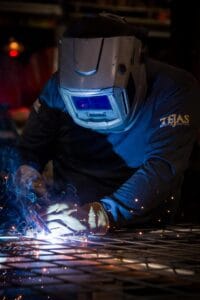 Behind you is a great team that ensures quality results. How do you motivate your team to maintain such a perfectionist approach?
Behind you is a great team that ensures quality results. How do you motivate your team to maintain such a perfectionist approach?
At Tejas, we’ve assembled a highly skilled team of fencing innovators, designers, and construction professionals. People like Kip Winters, our Co-Founder and Director of Construction, and Robert Newman, our Chief Estimator and Project Designer, bring invaluable expertise. Robert joined me straight out of Texas A&M and now powers our pre-construction processes with his technical knowledge. My daughter Katherine handles sales, accounting, and operations with incredible attention to detail, and Felix Gamino, our maintenance and inventory manager, ensures everything runs smoothly behind the scenes. Jessica Bass, our office manager, greets every customer with a smile, and my wife Lana, our Special Events Coordinator, brings a personal touch that makes Tejas feel like a family.
We focus on systems and continuous improvement. We learn from mistakes, refine processes, and strive to make it easy for clients to work with us. Our mantra is simple: “The system drives the success.” Everyone operates within that system, ensuring predictable, consistent results.
Building a fence for a property can be a major undertaking. Walk us through the process from start to finish.
Building ranch fences is definitely challenging, but we’ve refined a systematic process that ensures success.
- Planning and Design: It begins with a detailed mapping tool where we overlay property surveys to assess the area. This helps define the fence’s purpose—whether for livestock, wildlife, or boundaries—and determine the type of fence needed. We also consult local zoning laws, obtain permits, and mark underground utilities before starting.
- Materials and Layout: We source only new, prime materials to ensure longevity. Clients approve the fence layout, which is carefully staked to ensure straight runs and proper alignment with property boundaries.
- Installation: Posts are set deep—5.5 to 6 feet into the ground—for maximum stability. Mesh wire is tensioned and secured to optimize performance and durability. Gates, water gaps, and finishing touches are added.
- Quality Assurance: Our installation team lead and construction superintendent perform thorough quality checks to ensure the final product meets our high standards.
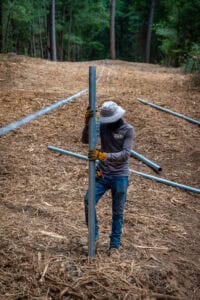
Your work is known for being fast, efficient, and professional. How can property owners help make the process even smoother?
At Tejas, our process-driven approach ensures swift, professional results. A site consultation helps us determine the project’s scope and equip our team with the right tools, materials, and instructions. In many cases, we are able to use the exact template that an owner has in mind and in other scenarios, the Tejas team brings a completely new perspective to the landowner to consider. In either case, the process is completely collaborative and provides a high level of clarity and planning to ensure long-term success.
Owners can help by providing property information, clearing animals from work areas, and being available during the design phase. These small steps make a big difference in ensuring a seamless project.
Tejas Game & Ranch Fence has been in this industry for nearly three decades. What has changed the most over the years?
The biggest change has been the shift toward high-tensile fixed-knot wire mesh. It’s now the go-to solution for high and low fences due to its durability and cost-effectiveness. High fences are increasingly popular, as they only cost about 27% more than a 4-foot fence but offer significantly more security.
Another major change is the workforce. There’s less pride in craftsmanship today, so we’ve worked hard to implement regimented training, standardized processes, and recognition programs to uphold high standards. There are no shortcuts to producing a great product and as such, we will never cut corners on the quality of the professionals installing your project.
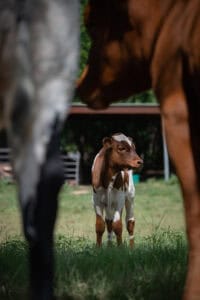 With those three decades of experience, how does your expertise help landowners feel confident they’ll get exactly what they need?
With those three decades of experience, how does your expertise help landowners feel confident they’ll get exactly what they need?
With 30 years in this industry, we’ve gained an immense amount of experience, and we’ve learned that the devil is in the details. Our internal motto, printed on every Tejas uniform, is “Get the right things done the right way.” We focus on precision and longevity to ensure our fences are a long-term investment, delivering exceptional value for the money spent.
Clients can see and feel the difference. Whether it’s a perfectly straight fence line or a design that meets their exact needs, they know they’re getting a product that’s built to last. That experience builds trust and satisfaction.
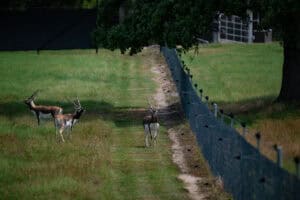
Are exotic species becoming the majority of your work now?
Yes, we’re seeing a shift toward recreational ranching, with many landowners introducing exotic species. Recreational properties offer more excitement and value, attracting family, friends, and visitors. Exotics are often easier to manage and can be more profitable than traditional ranching ventures.
We’re also seeing fewer white-tailed deer ranches due to the focus on chronic wasting disease (CWD). Exotics, on the other hand, bring diversity and interest. Landowners can create conservation environments featuring animals from multiple continents. Texas is leading the way in these efforts, and without private ranches, many species could face significant declines.
Interestingly, not all exotic species require high fences. Some can be managed with a 4.5-foot fence, which we’ve outlined in a white paper available on our website. The key is selecting the right fencing materials for the animals being raised.
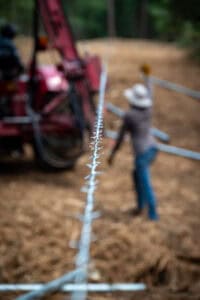 Traditional barbed-wire cattle fencing is a staple in ranching. What percentage of your portfolio still uses this method?
Traditional barbed-wire cattle fencing is a staple in ranching. What percentage of your portfolio still uses this method?
Barbed wire is a classic choice and still has its place, especially in flood-prone areas where debris and water need to pass through. However, it’s not the best solution for most applications due to its limitations in predator resistance and longevity.
For cattle operations, we recommend high-tensile fixed-knot fences. They outperform barbed wire in durability, flexibility, and safety while requiring less maintenance over time. Every calf or fawn matters and these fences provide superior protection against predators like coyotes and wild dogs. While the initial cost may be slightly higher, the long-term savings and performance make it the best value for landowners.
How do you handle clients who want to be involved but may lack the time or expertise to execute the job?
Many ranch owners want to be involved, but they understand the value of leaving major projects to professionals. For example, I recently worked with a client in Northwest Texas converting his cattle ranch into a recreational property. He knew how to build a fence but decided to hire us to avoid delays and ensure a professional result. He wanted a master plan executed efficiently, and that’s exactly what we delivered.
For clients lacking the skills or time, we provide a mapped master plan, material recommendations, and expert craftsmanship. This ensures the job is done right the first time, saving time and money in the long run. By entrusting us with the work, clients can focus on managing their ranch rather than worrying about construction.
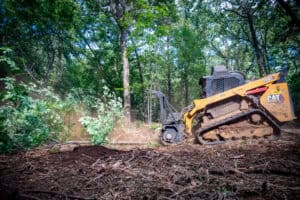
The Tejas Game & Ranch Fence portfolio extends beyond fencing. Can you tell us about the additional services you offer?
Fencing often involves clearing land and creating right-ofways, which requires heavy equipment like forestry mulchers, dozers, and excavators. We own all of our equipment, which allows us to maintain top performance and ensure availability.
Beyond fencing, we build roads and trails, from side-by-side trails to fully graded ranch roads. We can also enhance ponds to make them recreationally friendly, adding features like fish feeders and improved access to livestock.
These services are part of what I call “Ranch Infrastructure.” We even developed a Ranch Master Planning Template to help clients design their property for optimal use and enjoyment. By matching their vision to the land’s potential, we create value and functionality that lasts for generations.
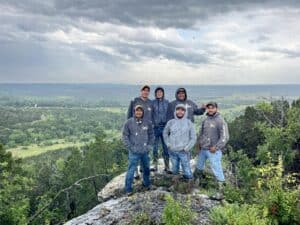
Your team works across diverse terrains and climates. How do geographical differences affect your approach?
Geography plays a huge role in our work. We’ve handled projects in 16 states, from California to New York, across a variety of terrains—mountains, flatlands, rocky cliffs, and swampy bogs. Each environment requires adjustments in materials, techniques, and equipment.
Our team uses specialized fencing tools from the UK, Australia, and New Zealand, combined with forestry mulching technology from the U.S. and Italy. With top-tier equipment from John Deere and Caterpillar, we’re equipped to tackle the most challenging terrains efficiently and effectively. It keeps the work interesting and ensures we’re always prepared.
Final question—this one might start a debate. What’s your preference: steel posts or wood?
Hands down, steel posts are my choice for ranch fencing. While wood has its place in privacy fencing, it doesn’t perform well for long-term use on a ranch. Steel posts, particularly galvanized ones, are heavy-duty and resistant to the elements. They last longer, reduce maintenance, and provide better overall value.
Galvanized steel posts also match the wire and T-posts we use, creating a uniform appearance and ensuring durability. With steel, you’re investing in a fence that will stand the test of time without needing repainting or frequent repairs. It’s a no-brainer for performance fencing.
The original article appeared in Porch and Prarie Magazine.
